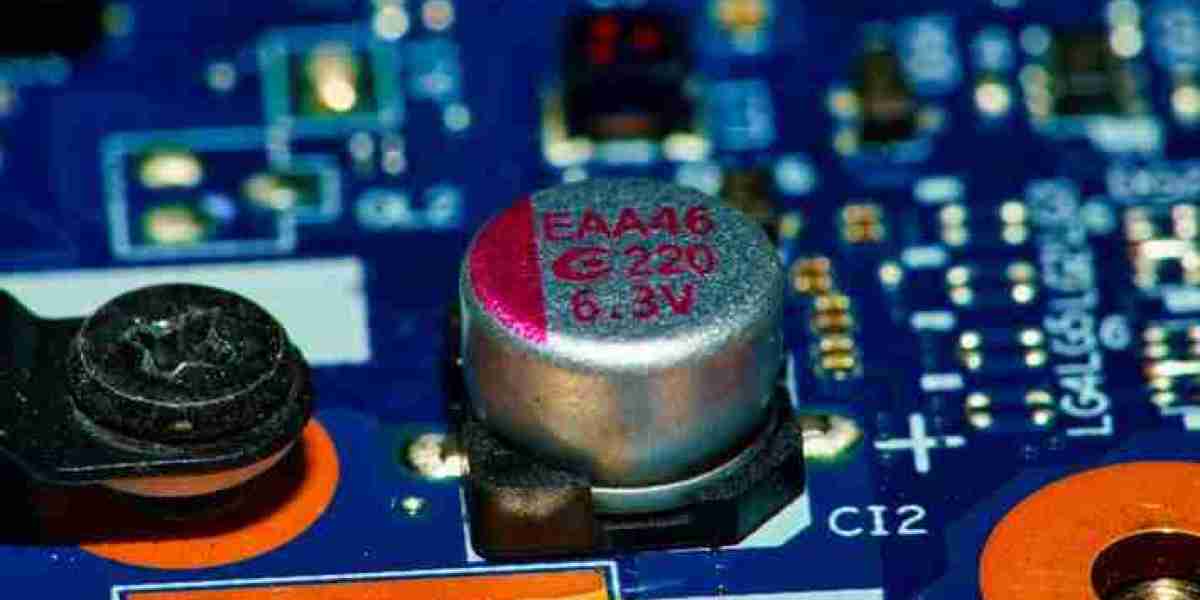The global supercapacitors market has been witnessing substantial growth in recent years, driven by increasing demand for energy-efficient and high-performance energy storage systems. Supercapacitors, also known as ultracapacitors, bridge the gap between conventional capacitors and batteries by offering rapid charge and discharge cycles, long operational life, and high power density. These features make them ideal for various applications across automotive, industrial, consumer electronics, and energy sectors.
Market Dynamics
One of the primary growth drivers of the supercapacitors market is the escalating demand for electric vehicles (EVs) and hybrid electric vehicles (HEVs). Supercapacitors play a crucial role in regenerative braking systems and power delivery during acceleration, significantly improving the efficiency and lifespan of EV batteries. Furthermore, the growing trend toward renewable energy sources like solar and wind power has created new opportunities for supercapacitors in grid energy storage, where quick energy bursts are often required.
In consumer electronics, supercapacitors are being increasingly adopted to support devices requiring high bursts of energy, such as digital cameras, wearables, and mobile phones. Their fast-charging capabilities and durability make them a preferred alternative or supplement to traditional batteries, especially in applications where size and lifespan are critical considerations.
Market Segmentation
The supercapacitors market can be segmented based on type, material, application, and geography. By type, the market includes electric double-layer capacitors (EDLCs), pseudocapacitors, and hybrid capacitors. Among these, EDLCs dominate the market due to their mature technology and widespread adoption.
In terms of materials, carbon-based electrodes remain dominant, but advancements in graphene and other nanomaterials are opening doors for enhanced performance characteristics. Research continues to focus on improving energy density, a traditional limitation of supercapacitors when compared to batteries.
From an application perspective, the automotive sector is currently the largest contributor, followed by industrial, consumer electronics, and energy & utilities. Geographically, Asia-Pacific leads the market due to robust manufacturing activity in China, Japan, and South Korea, coupled with government initiatives promoting electric mobility and sustainable energy technologies.
Competitive Landscape
The global supercapacitors market is moderately consolidated, with several major players actively investing in research and development to enhance performance metrics and lower costs. Companies such as Maxwell Technologies (acquired by Tesla), CAP-XX, Panasonic Corporation, Murata Manufacturing, Skeleton Technologies, and Nesscap are among the key industry participants. Strategic partnerships, acquisitions, and new product launches are commonly adopted strategies to strengthen market positions and expand global reach.
For instance, Skeleton Technologies has been focusing on ultracapacitor technology that utilizes patented curved graphene to deliver high energy density with minimal degradation over time. Similarly, other players are investing heavily in the integration of supercapacitors with lithium-ion batteries to develop hybrid energy storage systems, targeting a broader range of applications.
Technological Advancements
Recent advancements in nanotechnology and materials science are revolutionizing the supercapacitors market. The integration of materials such as graphene and carbon nanotubes has significantly improved both energy and power densities. Furthermore, innovations in flexible and printable supercapacitors are paving the way for their incorporation into wearable electronics, smart textiles, and IoT devices.
Emerging research in solid-state electrolytes and environmentally friendly materials also aims to reduce the environmental impact of production and disposal. With ongoing support from academic institutions and government research agencies, the pace of innovation is expected to accelerate, lowering entry barriers and expanding application areas.
Challenges and Opportunities
Despite the promising outlook, the supercapacitors market faces challenges such as higher costs compared to conventional batteries and limited energy storage capacity. These issues have historically hindered their adoption in applications requiring long-duration energy storage. However, with continuous R&D and economies of scale, these barriers are gradually being addressed.
Opportunities abound in the fields of smart grids, renewable energy integration, aerospace, and defense systems, where supercapacitors can provide reliable, maintenance-free energy support. As industries strive to meet sustainability goals and reduce carbon emissions, the importance of efficient energy storage technologies like supercapacitors becomes even more pronounced.
Conclusion
The supercapacitors market is poised for significant growth, backed by advancements in materials, rising adoption across diverse industries, and increasing demand for sustainable energy solutions. While challenges remain, ongoing innovation and supportive regulatory frameworks will likely propel the market into a new era of expansion and technological sophistication.




